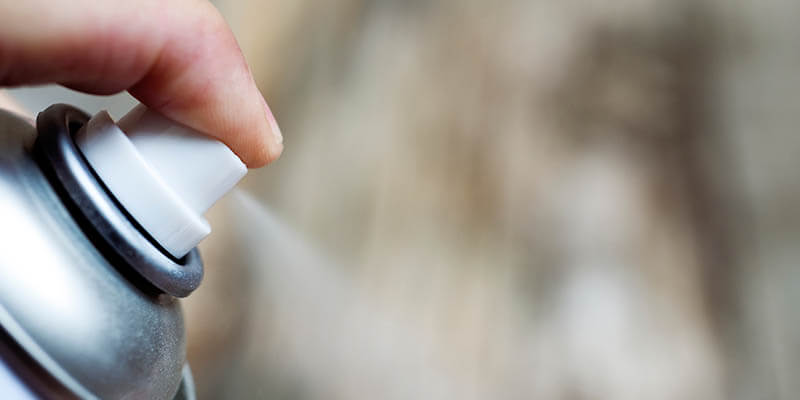Common Spray Painting Mistakes
When it comes to applying spray paint, there are many things that you need to take into consideration. However,there are a range of common misconceptions that cause people to apply paint in the wrong manner, making the effort put into the application a waste of time. Here are some of the most common faults and misconceptions of spray painting.
Time
One of the most significant and most important factors in spray painting is making sure you have, and give, enough time between coats. Rushed paintwork is the biggest contributor to the poorest finishes. Giving yourself time between coats is very important as not all paints will dry within 15 minutes (a common misconception). Seek advice from the paint supplier on drying times or ask for the Technical Data Sheets (TDS) that all good paint manufacturers can supply on request.
Dimpling
When you apply primer, you may notice small pinholes in the paintwork. This is because you have applied the primer to thickly, or the first coat has not had the time to fully cure before applying the second coat. Should this occur, sand the primer back and clean any particulate off the surface, then reapply the primer in thinner layers.
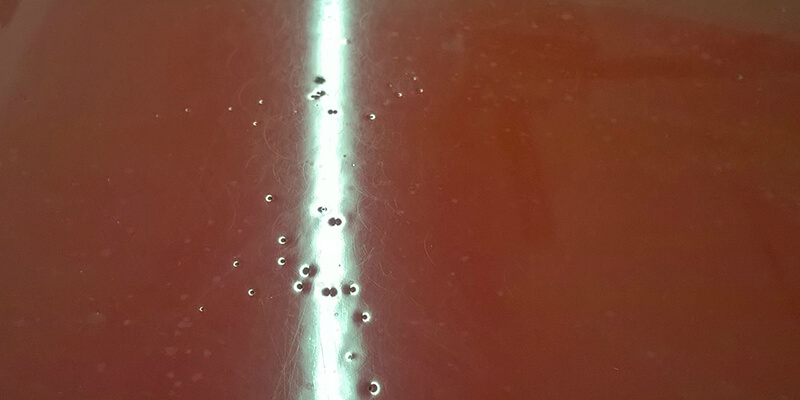
Cracking/Webbing
Cracking or webbing normally appears when there is a paint reaction or if the first coat of paint hasn’t dried before the second coat is applied (regardless whether its primer, base coat or topcoat). This leaves a crackled effect on the top surface, or sometimes hairline cracks can appear reminiscent to a spider web.
A problem that you could face, is that if you apply the second coat before the first has fully cured, then you may find that the second coat dries faster. If the first coat cures at a slower pace underneath the second coat, then it may shrink the top surface which can then cause cracking. Should this occur you will need to sand back until the surface is flat, and then reapply the paint leaving more time for each coat to cure.
Another possibility is a paint reaction; with different paints, you may find different chemical properties. This can cause an instant paint reaction, or it can occur over time once dried. The only way to eradicate this is to sand the substrate back completely, or you can invest in a barrier paint. A barrier paint should be strong enough to mask and protect the base coat from any colour underneath.
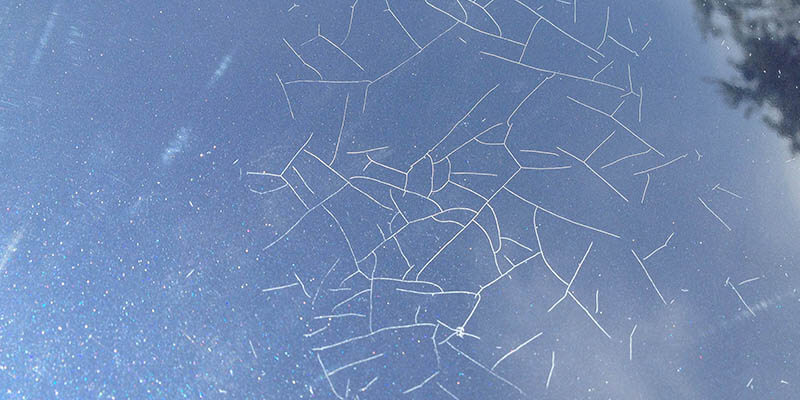
Sanding between Paint Coats
Another common misconception is that you must sand the paint between coats. This is not true. Although it can sometimes provide you with a flatter coat, it is not always necessary. If the last coat you laid is nice and flat with no imperfections, then continue with the job as normal and lay your next coat.
Paint Quality
The old adage “you get what you pay for”, is no truer than with paint! Poor quality paint can play a role in any poor finishes you notice in your work. You may also notice poorer quality paint will react easily with a number of common substrates. The distribution from the aerosol can itself also play a big part in the finish. The better the can, the better the finish.
Grainy paint finish and Paint runs
If you spray too far away from the substrate you are painting, the paint will atomise and dry before it actually hits the substrate. This will leave a grainy feel on the top surface. You should be able to sand this back and reapply for a much smoother finish.
Your thumb tip to your little finger when your hand is outstretched is usually a good distance to keep in mind. If you are too close when you spray, you will run the risk of paint runs. Small paint blobs drip down the surface and end in a teardrop in the paint (called runs). DO NOT wipe them from the substrate when wet as this could end up really affecting the final finish. You are better off letting the paint cure fully and sand the runs out then reapply the base coat and topcoat.
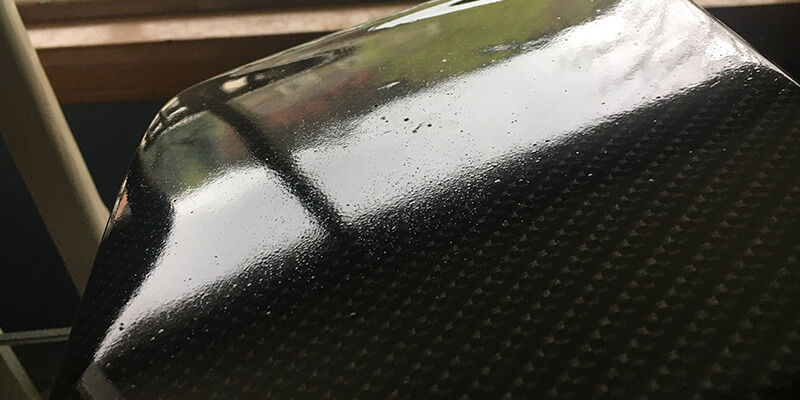
Orange Peel
Orange peel effect occurs when the paint droplets dry out before they have left the spray can, resulting in an unlevel surface. Make sure your spray paint cans are in date, and the nozzle is not clogged. You will also want to make sure that you are not trying to spray paint in freezing temperatures as this can have an effect on the way the paint dries and comes out the nozzle.
To repair orange peel, we recommend buffing it out with a buffing tool and cream. It may also be necessary to wet sand the orange peel. After buffing apply a new coat, you may want to look at getting a new spray paint can if this continues to happen. Before you go to reapply any paint, make sure you give the spray paint cans a thorough shake to mix the paint.
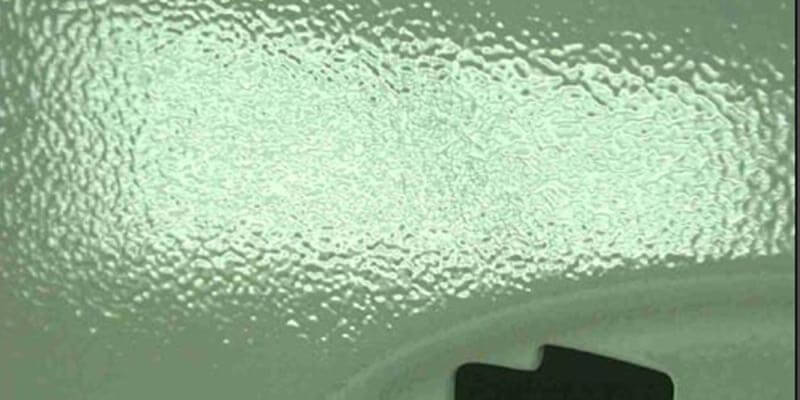
Misting/Fogging
Sometimes the end product can appear foggy or misty in patches of the substrate. This is caused by the spray area or paints being too cold before you started to paint. The spray area and the spray paint must be at least room temperature (unless specified within the paint technical datasheets). Should this happen you will need to sand, primer and paint once more.
What is a Drop coat, Ground coat, Base coat and Top Coat?
A Ground coat is a primer, the first layer of paint you lay to firstly barrier the existing substrate, also to provide a perfect surface for your paint to stick to.
A Drop coat or mist coat is a very fine coat of base coat paint you apply to the Ground coat before you fully lay your base coat. As soon as the paint starts to turn dry, it will become tacky, giving your base coat the perfect substrate to stick to.
A Basecoat is a coloured paint you add to your surface, the primary colour if you will.
A Topcoat is a lacquer coat or a clear coat. If you are spraying pearl paint, sometimes you will have a translucent pearl coat before you apply the final topcoat.
Tiger Stripes
Tiger stripes are horizontal or vertical lines within the finished spray job. These lines are caused by not overlapping your passes with the spray can. Ideally, you need to overlap the passes by around 50% and across the stripes to get an even finish i.e. horizontally first and then finish off with the second coat vertically.
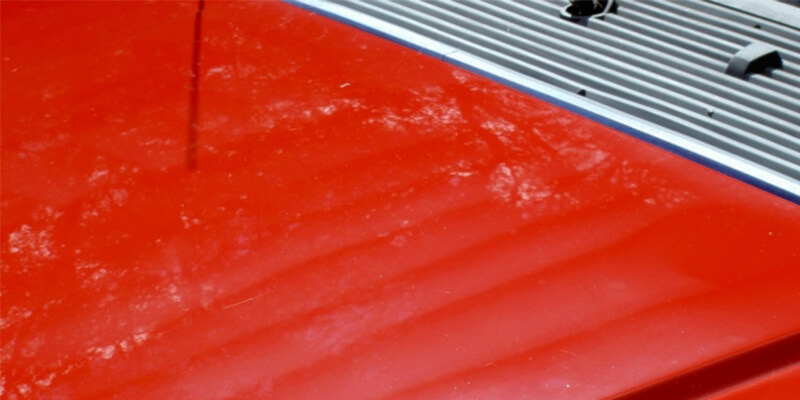
Covering Faded/Cracked Clear Coat
Another common misconception is that when you have cracked/chipped faded clear coat, it can be fixed by using sand prime/paint and a topcoat. Although this is possible and the coat may last for up to a year if not always left indirect light, ideally the best solution is to strip the paint pack to primer and start again.
The reason the topcoat has been damaged is normally down to the UV in sunlight. The UV’s will go all the way down to the primer and infect all substrates. Chances are this will just happen again if not painted accordingly. The best final solution is applying a generous top coat lacquer to provide as much protection from the Sun’s UV’s as possible.
Spray paints can give me a finish as good as a gun
This is not strictly true as there are two main factors. Yes, it’s possible to get a finish as good with a spray can as a gun if the end-user is technically proficient with an aerosol can. It’s always best to have your substrate standing up and then lay it down flat once you have laid your coats on.
As a spray can has the paint in the base of the can, it’s held by gravity and propelled up through the nozzle with the gas pressure in the can. However, if you turn the can on the side or upside down, all you will eventually get is gas with no paint. The second factor is the quality of the can and the paint. To have a good finish, you require a good quality paint relevant to what you are painting, and the cans distribution method is also important. If you spray too slowly, then the paint will drip down the can rather than spraying out onto your substance, which can potentially give you a host of issues.


